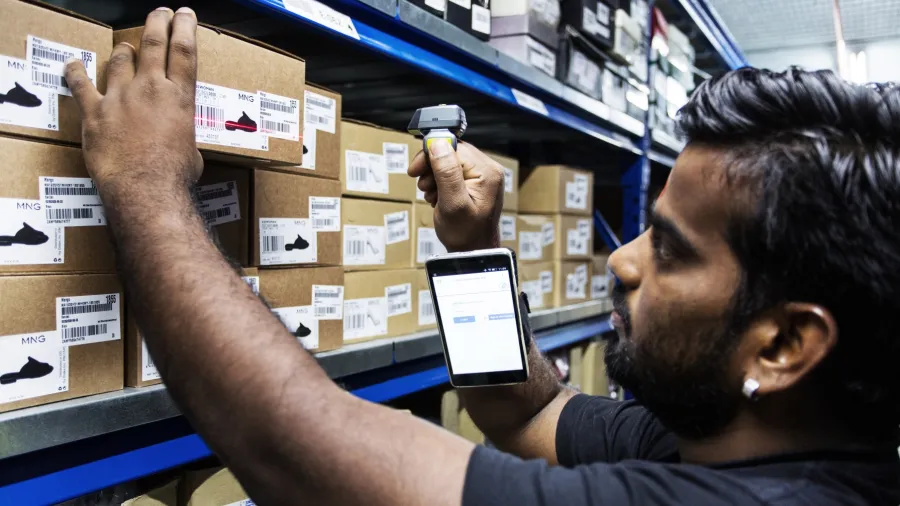
Two reasons why Zalora’s fulfilment centre skipped futurism
ZALORA’s strategy enables the processing of up to 200,000 orders daily.
When expanding facilities, most companies prioritise upgrading equipment and aesthetics; however, ZALORA takes on a different approach.
ZALORA’s 700,000-square-foot fulfilment centre in Malaysia, capable of storing 7 million items and processing up to 200,000 orders daily, might not meet typical futuristic expectations. Instead of utilising robots for packing or deploying drones, ZALORA has prioritised software over hardware. This choice reflects a strategic choice that values operational efficiency over aesthetics.
“You may not see very advanced conveyors moving items from point A to point B. However, the real investment is in the technology underlying these systems. It’s about how our employees optimise our warehouse management system,” Vykintas Mineikis, regional senior operations director at ZALORA told Retail Asia.
App complementing the warehouse
An employee at ZALORA's fulfilment centre can process 300 items per hour. The operations at the fulfilment centre begin with the inbound process, where products are received and stored. Inventory management is crucial at this stage, as each item is catalogued and placed on designated shelves for easy access.
“For example, shoes are placed on eye-level shelves because you can directly see the description from the box without pulling it out. Boxes containing items that require inspection for size and colour are placed at the bottom for easy access,” Mineikis said.
Once the items are in place, they are ready to be listed in the online inventory, marking them available for order fulfilment.
When an order is placed, the picking process starts, with items being collected from their storage locations. This is followed by sorting the orders to prepare them for packing. After packing, the items undergo logistics processes for shipping out to customers.
The employee then optimises ZALORA’s In-house Order Management System, which automates its inbound process by scanning items through a mobile scanner app that can be used on any Android device equipped with a scanner.
This technology enables staff to scan barcodes on items and link them to specific locations within the warehouse. When items are scanned and processed, they are automatically listed on the company’s website for purchase. Conversely, when an item is sold and scanned out, it is immediately removed from the online inventory.
This system ensures that the physical inventory is accurately reflected in the online listings, streamlining the process from warehouse shelf to customer purchase. The system’s integration and functionality sparked further inquiries about its capabilities and the technology behind it.
Feedback system
Another reason Zalora chooses not to heavily invest in hardware is that they listen to feedback from all employees, from operators to supervisors, and adapt any improvements that can be utilised to enhance operational practices.
“Over the course of a year, more than 2,000 suggestions were submitted, averaging more than six per day, illustrating a highly engaged and proactive workforce” Mineikis said.
One practical example of these improvements is an adjustment made to the picking process. Originally, a simple idea was proposed to enhance the efficiency of picking and sorting activities. This suggestion involved adding additional features on the side of the picking stations, which, although seemingly obvious, had not been implemented before.
“The result was a significant increase in productivity, with picking efficiency improving by over 10%,” Mineikis added.
These continuous improvements are not only about making small adjustments but also about reevaluating workspace layouts to ensure they are optimised for employee use and efficiency. This approach highlights the centre’s commitment to refining processes through direct employee feedback and practical adjustments, fostering an environment of continuous improvement and operational excellence.


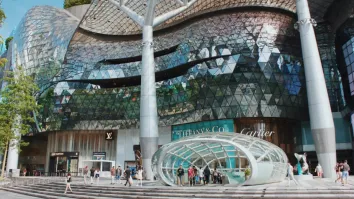


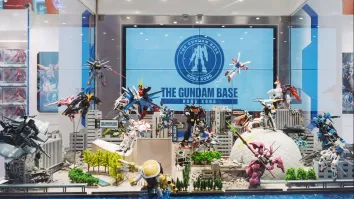




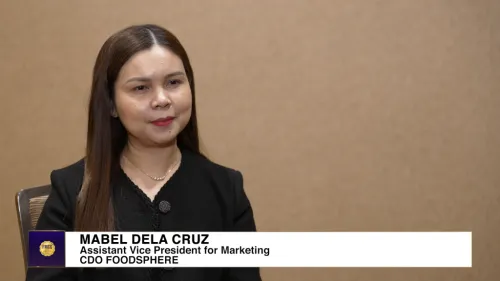

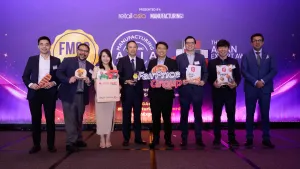






 Advertise
Advertise







